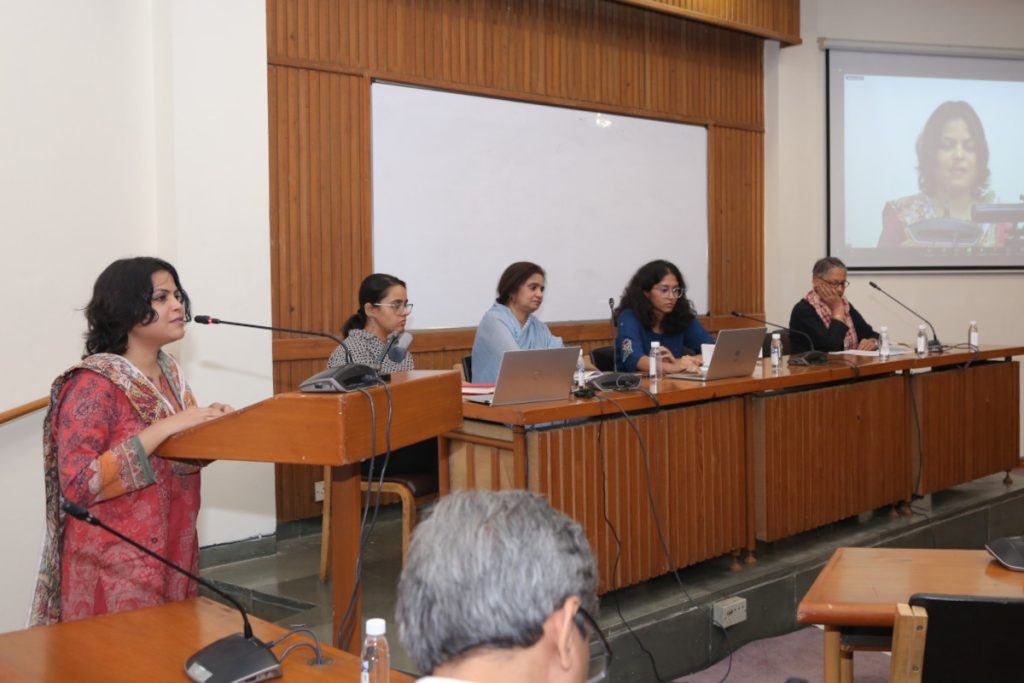
Hemoglobinopathies, such as thalassemia and sickle cell disease (SCD), are among the most common genetic ailments globally, affecting over 7% of the world’s population. Each year, almost 5,00,000 children are reportedly born with hemoglobinopathies, most of whom are from marginalized communities in lower and middle income countries. India has the world’s third-highest number of global SCD births, following Nigeria and the Democratic Republic of the Congo.
Historically, the sickle cell genetic mutation occurred many generations ago to protect people from malaria, which is still a common and life-threatening infection in many parts of the world. Because of this protective effect, SCD is common in malaria-endemic areas of the world, the majority of which are inhabited by tribal and marginalized communities that are figuratively “invisible.” In India, too, researchers have found that Adivasis and Other Backward Castes within the country have a higher prevalence of SCD.

Since Sama engaged in a research project commissioned by the National Human Rights Commission (NHRC) in 2018, it has been conducting research and advocacy on SCD and its management. During field visits in Chhattisgarh, Sama’s interactions with people with SCD have revealed the many ways in which this illness deeply affects the quality of life of patients and caregivers, who have to put up with debilitating pain, distress, poor access to treatment, frequent hospital visits, catastrophic health expenses, as well as harmful psychosocial burdens such as loss of educational and employment opportunities.
In Sama’s experience, states are frequently unable to provide continuous and timely access to hydroxyurea—a relatively effective and affordable medicine—for people with SCD, pointing to lags in the drug’s purchase and distribution, as well as the fact that it is only available at tertiary care facilities. There are also many gaps in our understanding of the illness, which serves as a reminder of how critical it is to dispel myths and inaccurate information about it in order to raise community and healthcare provider awareness. Furthermore, there is an urgent need for trained counsellors to provide counselling to persons with SCD and family members about the risk factors and management of SCD, as well as support groups for patients and caregivers to provide psycho-social support to people with SCD and their caregivers.
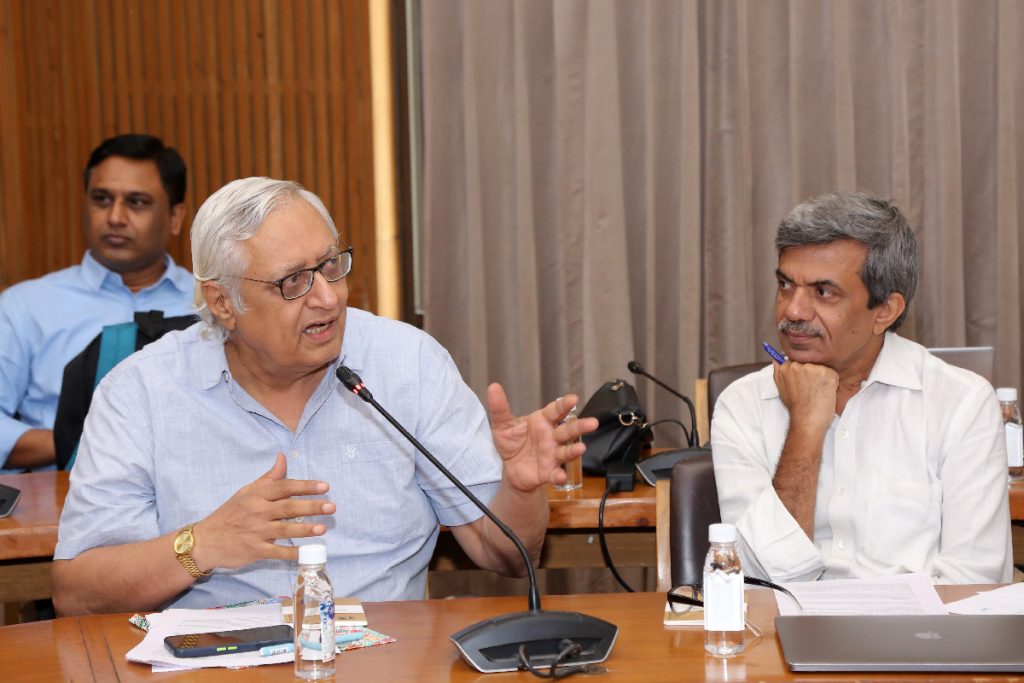
The government launched the National Sickle Cell Anaemia Elimination Mission in its Union Budget in 2023 with a vision to eliminate SCD from India by 2047. The mission aims to increase awareness, implement mass screening for early detection and diagnosis of the disease, monitor and strengthen the primary healthcare system to incorporate SCD-related care, and enable affordable and quality care for SCD patients. The screening target over three years, from 2023–24 to 2025–26, is seven crore people under the age of 40, along with the provision of counselling and care.
While such a state initiative is a welcome step, there is a need to interrogate the approach of “elimination” of genetic diseases while foregrounding gender as a core attribute. It is necessary to understand the social contexts and gendered experiences of the disease and its treatment to evaluate the efficacy and ethical implications of such interventions. Many of the interventions also result in stigma and social ostracism against young women who carry the gene, further disempowering individuals in a patriarchal society where arranged marriage within caste-based communities is the norm. It throws up questions of consent, autonomy, the right to privacy, and reproductive justice, among others. Furthermore, India’s disability law recognises SCD as a disability. However, people with SCD in India do not enjoy many of the constitutional and statutory protections afforded to individuals with disabilities, such as the right to equality and non-discrimination, social security, and barrier-free healthcare.
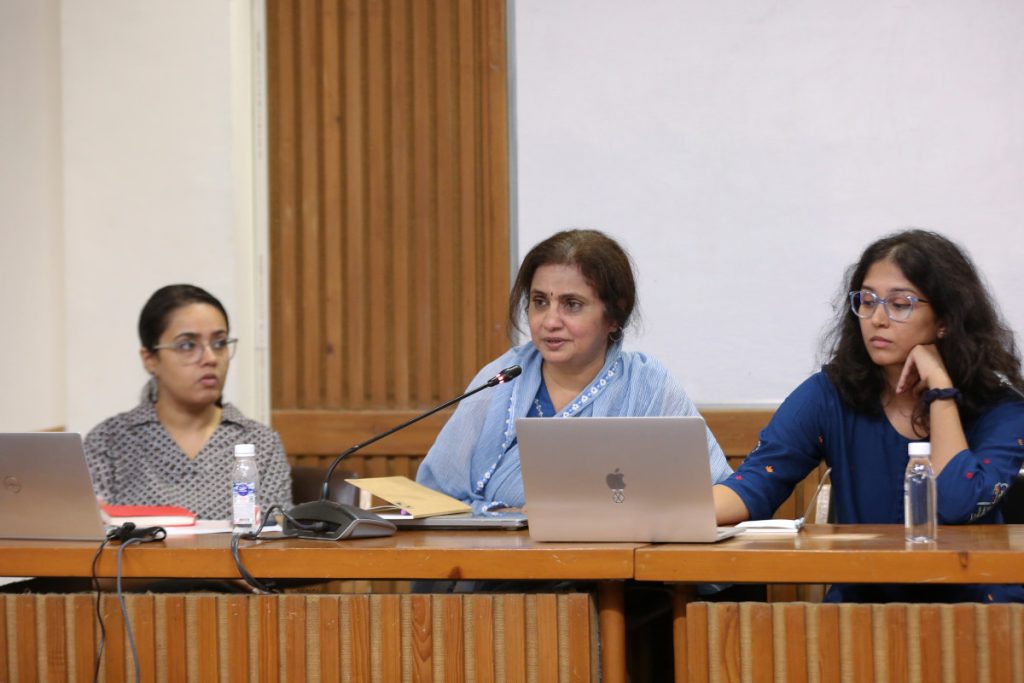
The rapid advancement in genetics and biotechnologies is likely to lead to new treatments for SCD. However, in the context of widespread health inequities and the “invisibility” of the communities among which SCD is rampant, many questions arise regarding infrastructure requirements, costs, regulations, access, and equity with full information, not to mention ethical dilemmas about data privacy, ownership of biological information, and patenting.
To deliberate on some of these critical issues, Sama organised a one-day round table on July 2, 2024, in Delhi to share experiences and findings from the field for input and guidance for future work. The round table, titled “Interrogating Sickle Cell Disease as a Public Health and Reproductive Justice Issue,” brought together doctors, contributors to health policy, feminists, disability rights activists, academics, and public health activists. They looked into SCD from the perspective of patient rights and examined it as a feminist public health issue through the lenses of reproductive justice and disability justice.
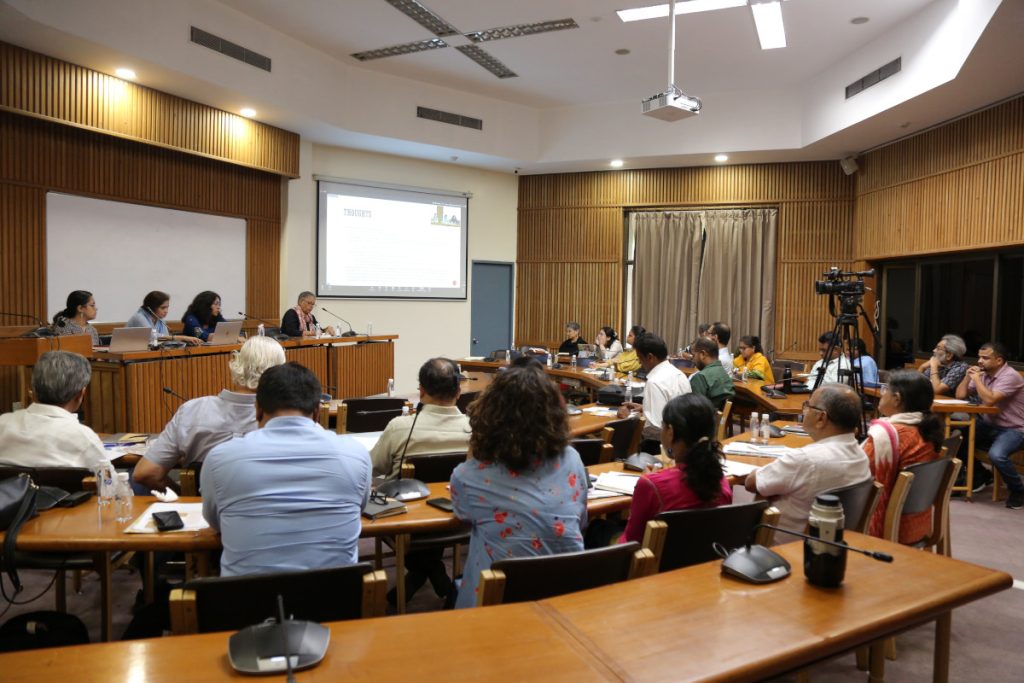
During the round table, Gargi Mishra, Keertana K. T., and Sarojini Nadimpally presented some of the key observations from Sama’s field visits on SCD to Chhattisgarh, namely access to healthcare, policies and budget allocation, the approach of mass screening and focus on “elimination,” the ground-level problems of providing quality healthcare, social stigma, intervention in marriages, and reproductive justice, among others. Sama’s presentations consisted of two parts that focused on the use of mass screening, premarital screening, and prenatal genetic testing for SCD within the larger discourse on ethics, as well as feminist public health and reproductive justice issues. Eminent journalist and feminist activist Laxmi Murthy facilitated one part, and Chayanika Shah, noted author, physicist, feminist, and queer rights activist, led the second part.
Dr. Yogesh Kalkonde (Sangwari Community Clinic) and Dr. Shrikant Singh, who both work closely with SCD in the Adivasi-dominated regions of Chhattisgarh, provided an overview of the issue and their insights. Gautam Dongre, a parent with two children with SCD, shared his experiences from the patient’s and caregiver’s perspectives. Sandhya Srinivasan, a noted public health researcher and journalist, facilitated this session.
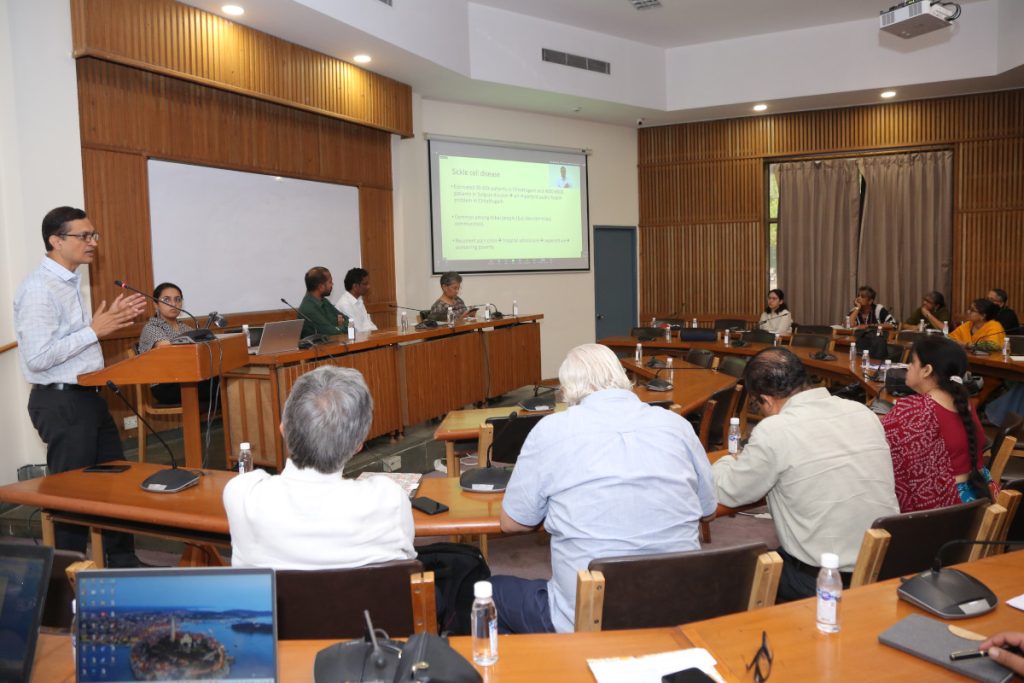
Laying the foundation of the panel on policy approach and ethical considerations, moderator Dr. Amar Jesani, reputed researcher and teacher in bioethics and public health and editor of the Indian Journal of Medical Ethics (IJME) explained, “SCD used to be called the ‘invisible disease’. But was the disease invisible? A medical student would most likely encounter some cases of SCD during my student days. Unfortunately, it is not much talked about nowadays, even in medical education. It has become invisible over the years. But the disease itself is not invisible. It is the people who are invisible and it is critical to include this in the discussion.”
Dr. Bontha Babu, Dr. Vikash Keshri, and Dr. Yogesh Jain were the other speakers on the panel. Dr. Bontha Babu, an eminent scientist, heads the Health Systems and Implementation Research division of the Indian Council for Medical Research (ICMR) and is currently the Director-in-Charge of the ICMR-NIIRNCD, Jodhpur. Dr. Vikash Keshri is the Executive Director of the State Health Resource Centre (SHRC) of Chhattisgarh. Dr. Yogesh Jain is a well-known public health physician based in Ambikapur, Chhattisgarh, and one of the founders of the Sangwari Community Clinic. Dr. Neha Kale (Sarguja, Chhattisgarh), Dr. Vijay Gopichandran (Public Health Physician, RUWSEC, Tamil Nadu), and Dr. Roli Mathur (ICMR, Bengaluru) joined online and made brief presentations. Dr. Sanghamitra Das from Guwahati, who did her research on SCD, and Deepa Venkatachalam from Mysuru, also joined online and made interventions.

Other participants in the round table included Dr. Y. Madhavi, Vrinda Grover, Muralidharan, Pramada Menon, Bijoya Roy, Rohini Khandhari, Shampa Sen, Roshan John, Yogita Sharma, Ishita Goyal, Ranjan De, and Anuhyaa. In addition, Adsa Fatima, Susheela, Vatsala, Richa, Megha, Chandan, Ashok, and Anthony of Sama attended the round table.
The rich and informative discussions deliberated in detail on a wide range of issues relating to SCD, its treatment, patients’ experiences, policies, gaps, and necessary interventions. It also critically viewed the practice of mass screening as discriminatory and underlined the need to review the language used in policies and programmes to avoid the unintended consequences of further discrimination and stigma. The discussions also called for more ethical reflection on healthcare practices at the grassroots, like having separate wards for SCD patients, cards, and colour coding, all of which aid and abet social stigma.
The discussions also dwelled upon the issue of disability justice, which involves issuing a certificate of permanent validity to people with SCD because SCD is considered a permanent disability. An SCD patient with a benchmark disability who requires intense physical, psychological, or other support for daily life activities such as accessing facilities, services, and making decisions, will be eligible for the support mandated for individuals with high dependency needs. However, it is an uphill task for SCD patients to acquire a certificate.
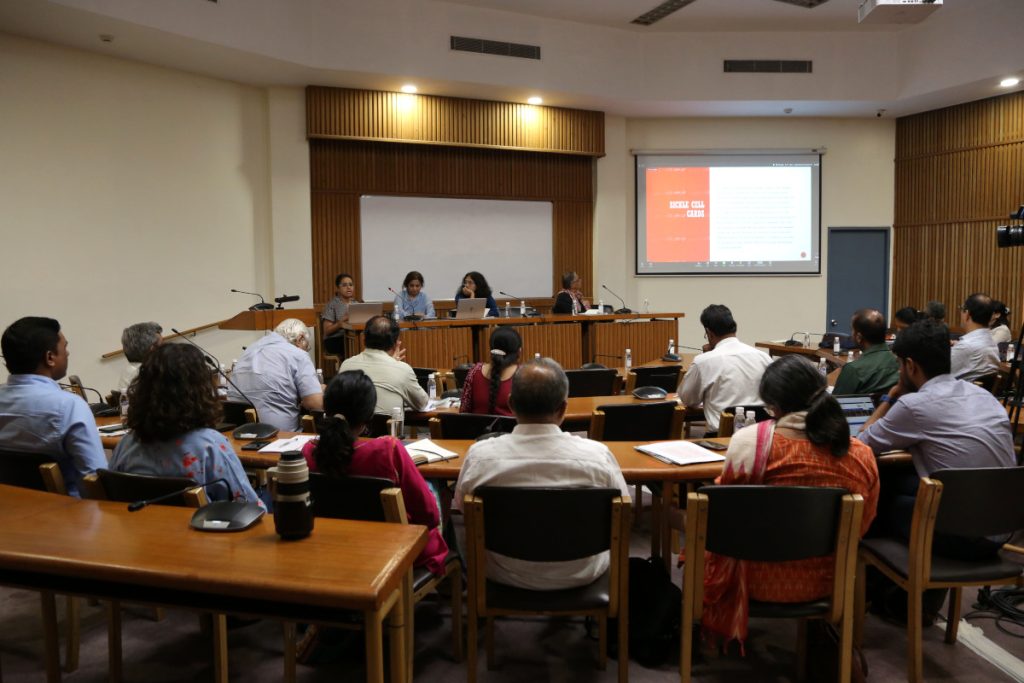
More importantly, the approach of “eradication” or “elimination” came under deep scrutiny. According to the participants, there is excessive emphasis on screening and stopping marriages in the policy, and that too with a target-driven approach, which is problematic. It is assumed that pregnancy is a logical extension of marriage, and interventions like prenatal screening are done with the assumption that the pregnancy will be terminated if any of the partners test positive. These presumptions border on eugenics and need to be revisited with reproductive justice in mind. Furthermore, the structures meant to help those with SCD find relief and treatment should not be neglected in favour of “elimination.” For example, many of the speakers emphasized that making hydroxyurea readily available and educating healthcare professionals about its proper usage can be far better practices than many of the complex and problematic ways that are being pursued. The round table deliberated on many other related issues in greater depth.




